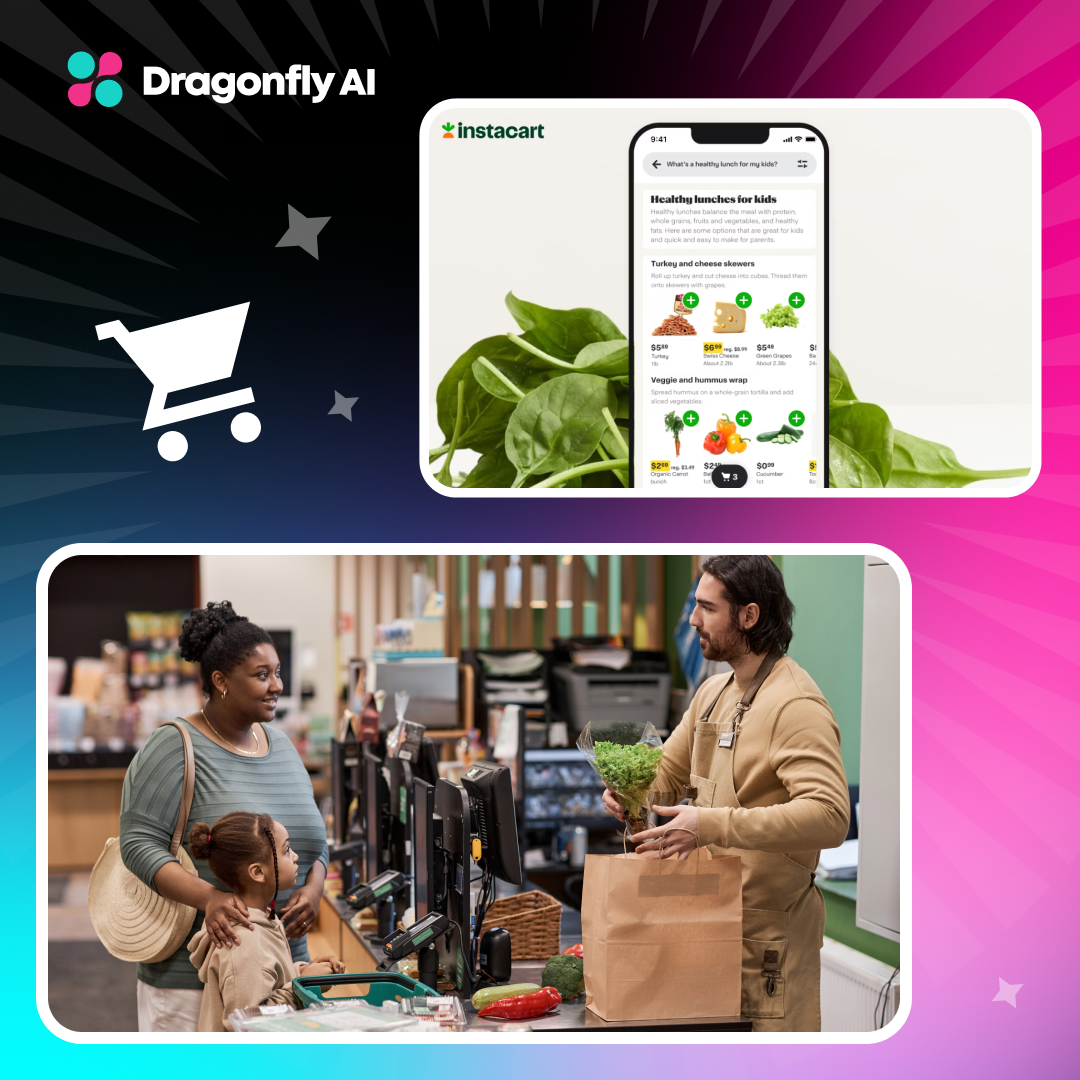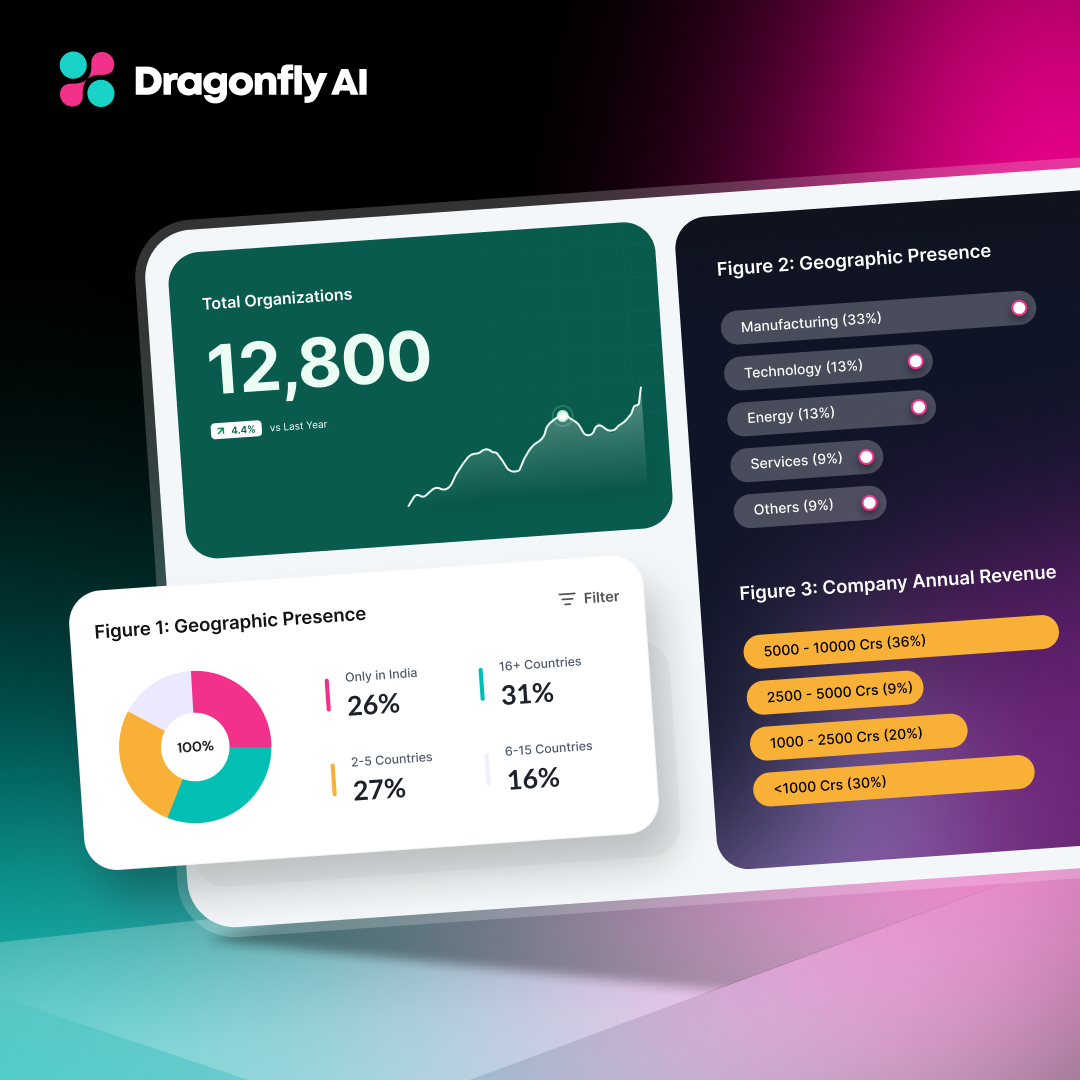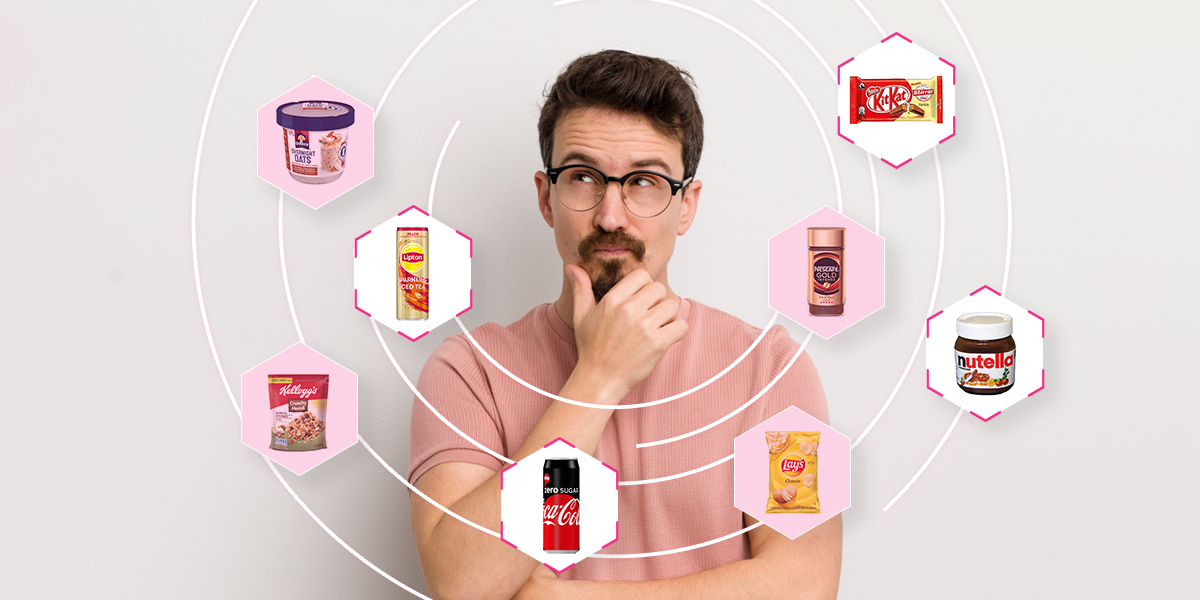We've all been there. You're scrolling through Instagram and suddenly stop on that one perfect ad. Or you're shopping online and find yourself drawn to a particular product image without really knowing why. There's actual science behind these moments, and now, companies are using something called visual intelligence software to understand what grabs our attention and turns browsers into buyers.
What makes visual intelligence software different?
Creating eye-catching designs has always been challenging. You might spend hours on, let’s say, a website, then hope it connects with your audience. Maybe you run an A/B test to see which version works better, but you never really understand why one outperforms the other.
That's where visual intelligence software makes a difference.
Visual intelligence software uses AI to analyze and predict how people will interact visually with your content. It's built on neuroscience research about how our brains process visual information. The technology can predict which parts of your design get noticed first (visual hierarchy), which elements might be missed, and how attention flows through the entire experience with visual cues.
Traditional analytics only tell you what already happened, like where people clicked or when they left a page. Predictive visual analytics gives you insights before you publish anything. And while A/B testing needs actual traffic and can only compare specific variations, visual intelligence software can analyze countless design options without requiring a single visitor.
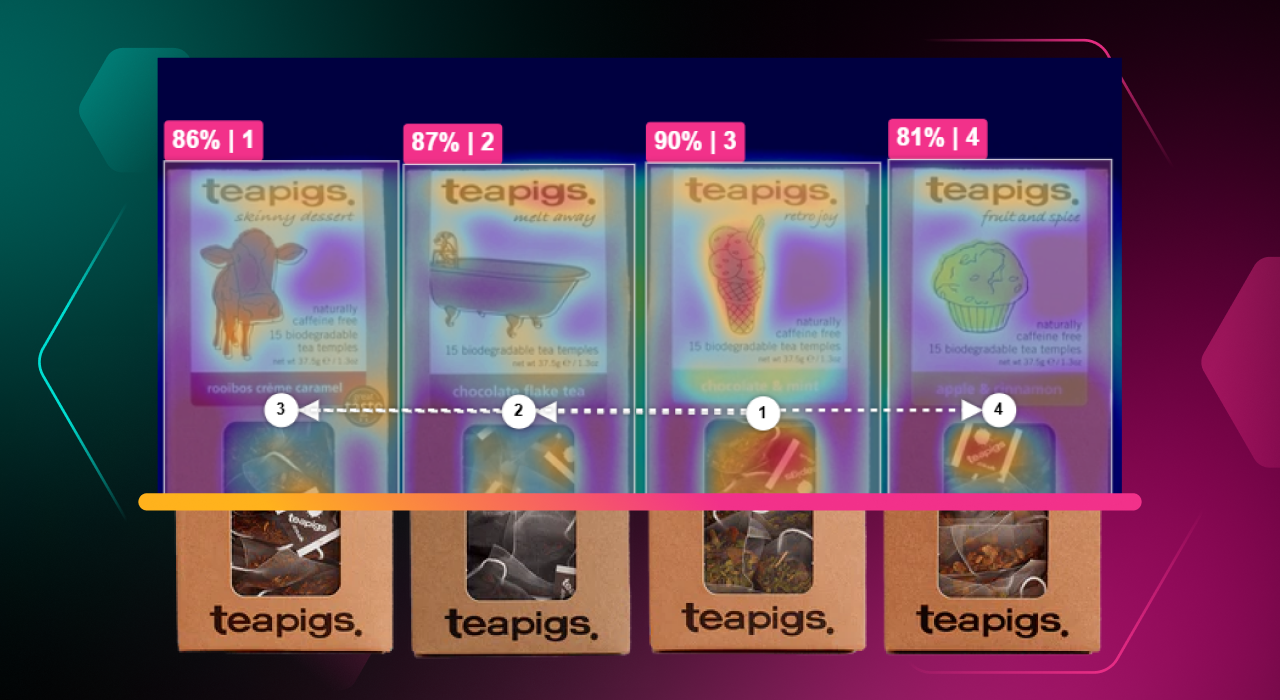
The tools work by combining AI with established principles of human visual perception. Our brains follow predictable patterns when processing visual information, things we're naturally drawn to like contrast, faces, and certain colors. Visual intelligence software creates a model of these human tendencies, turning subjective design decisions into data-backed choices.
How it works
Visual intelligence software is a sophisticated technology that simulates how real people process visual information. But to appreciate why this matters for your marketing, it helps to understand what's happening under the hood.
Scanning the visual landscape
When you upload a design to visual intelligence software, the AI gets to work immediately. It analyzes every element, from colors and shapes to text placement and imagery. The algorithm examines contrast levels, visual hierarchy, and even spatial relationships, much like the human eye would when first encountering a webpage or advertisement.
What makes this different from basic image analysis is that it's not just identifying objects. Instead, it's modeling the involuntary, biological processes that determine where our attention goes first, second, and third when we see something new.
The five drivers of creative success
The most advanced visual intelligence platforms model how visuals influence the entire consumer journey. This means analyzing how designs affect:
- Attention: Where will viewers look first, and for how long?
- Memorability: Which elements will stick in the viewer's mind?
- Comprehension: Will viewers understand the message you're trying to convey?
- Persuasion: Does the design lead viewers toward taking action?
- Emotion: What feelings does the design evoke?
These five factors together determine whether your creative will just be seen or whether it will actually drive results.
Biological algorithms vs. machine learning
Not all visual intelligence software is created equal. Many platforms rely heavily on machine learning trained on eye-tracking data from test subjects. While this approach can yield decent results, it comes with inherent limitations.
Eye-tracking data sets can introduce cultural and demographic biases. They reflect learned behaviors rather than fundamental visual processing patterns. And they can be influenced by the testing environment itself.
By contrast, a biological algorithm is built on universal principles of how the human visual system works at a neurological level. It models the process from the retina through the visual cortex, mechanisms that are consistent across populations. What you get is more reliable predictions that work across cultures, ages, and contexts.
For businesses, the distinction matters. A biological approach means your insights won't be skewed by who happened to participate in an eye-tracking study, which allows for more consistent results across diverse audiences.
Why it matters
Getting your visual content right has never been more important. With consumers seeing hundreds of ads every day, even great products can go unnoticed with poor visual presentation.
Visual intelligence helps identify whether your key message is actually being seen or lost in the noise. For businesses investing thousands or millions in their output, knowing what works visually before launching can mean the difference between wasted budget and effective communication.
Simply put, in a world where attention is scarce, visual optimization creates a competitive advantage.
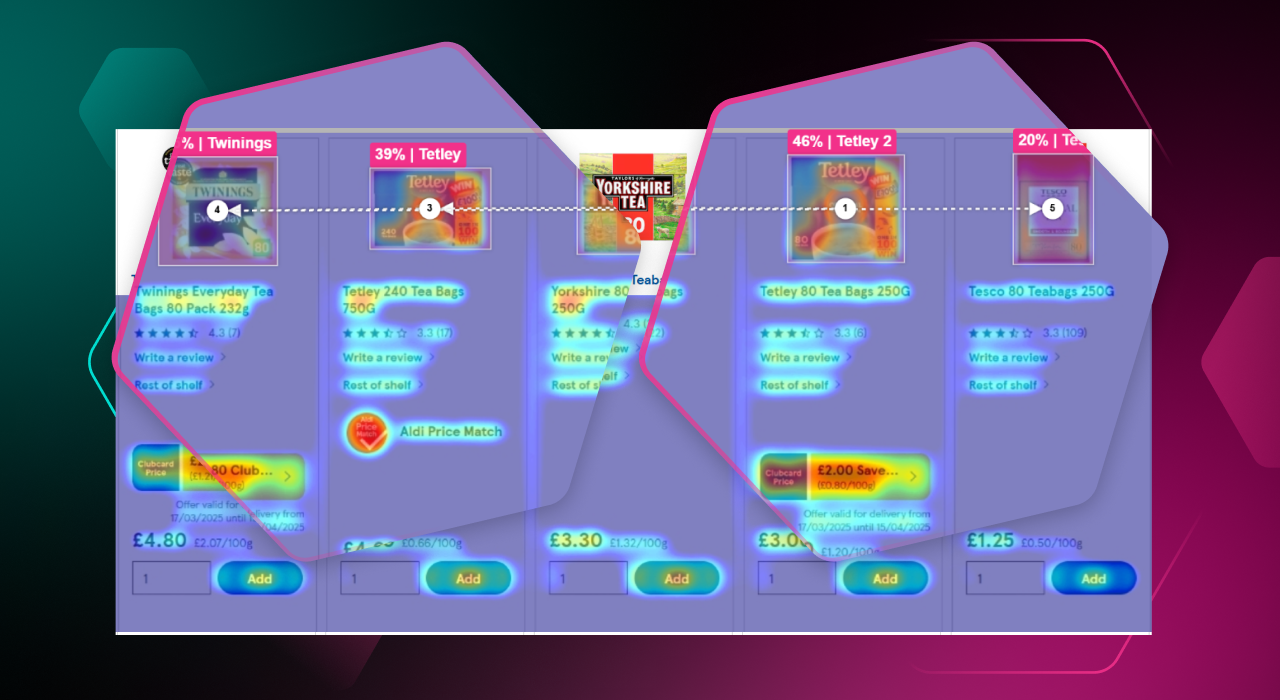
Key benefits and applications
Companies are turning to visual intelligence software because it solves real problems in their creative workflows.
When a design team finishes a new ad or webpage, they can upload it and immediately see how people will likely interact with it. There’s no more waiting for focus groups or live testing, as they get actionable insights right away.
Having this predictive capability helps marketing teams avoid costly mistakes. Before committing to an expensive campaign, you can verify that your message will actually be seen and understood. Many teams have discovered that elements they assumed were prominent were actually being overlooked by viewers.
For example, a beverage brand could discover their new packaging design doesn’t highlight their updated formula as effectively as they thought. The visual intelligence analysis could show consumers' eyes were drawn to the product image first and completely missing the "new and improved" callout. A simple design adjustment could fix the issue before it goes into production, saving thousands in potential repackaging costs.
The technology also handles volume effectively. A retailer preparing for a seasonal campaign might need dozens of banner ads in different sizes and formats. Visual intelligence lets them check all versions quickly, so there’s consistent performance without bottlenecks.
The applications span across industries. Ecommerce sites use it to make sure product features stand out on crowded pages. Packaging designers check that important information is seen on shelves. App developers use it to confirm that users will find navigation elements intuitively. Email marketers make sure their call-to-action buttons attract attention.
What makes the technology valuable is how it bridges the gap between creative intuition and measurable results, giving teams confidence that their visual communications will perform as intended.
Real-life examples of visual intelligence software in action
Visual intelligence software is already changing how companies approach their visual content across industries. The following examples show how brands are using the tech to make data-backed design decisions that directly impact their bottom line.
From shelf visibility to category leader
A global consumer healthcare company was looking to improve how their toothpaste performed in stores. Instead of guessing what would work best, they used visual intelligence software to analyze their packaging and shelf displays. The AI-powered analysis showed exactly where shoppers' attention was landing on their products and what was being missed.
After testing new shelf layouts in a few pilot stores, they rolled out the optimized arrangement to hundreds of locations. The result? Their toothpaste became the category's number-one seller for the first time, with a 7% increase in segment sales. The change wasn't about redesigning the product as much as it was about positioning it where attention was naturally highest.
Doubling conversion rates with data-driven design
UK-based bike care brand Muc-Off knew their website wasn't performing as well as it could, but it wasn’t sure why. It used visual intelligence to generate heatmaps of its homepage, revealing exactly where visitors' attention dropped off.
Using these insights, it rearranged its banners and calls-to-action to put key content in high-attention areas. The impact was dramatic, and after implementing these data-driven changes, Muc-Off saw a 106% increase in online purchases. The brand essentially doubled its conversion rate by making smart design adjustments based on real attention data.
In another ecommerce example, retail technology agency Optopus integrated visual intelligence into its workflow for designing product listing images. By previewing how shoppers' eyes would travel across product images before they went live, it refined layouts so key information stood out. Its client brands saw up to 40% increases in sales on those optimized product pages, without the time and expense of traditional A/B testing.
Where visual intelligence software is headed next
The world of visual intelligence is evolving at breakneck speed, with several exciting developments on the horizon that will change how businesses approach visual content.
Edge AI
Edge AI technology is making real-time visual analysis possible directly on devices, rather than requiring cloud processing. Shopping apps could analyze product photos as you're taking them, or digital signage could adjust to viewer attention patterns on the fly.
Multimodal AI
We're also seeing the rise of multimodal AI systems that combine visual analysis with text and audio understanding. Imagine a video meeting tool that can not only transcribe what's said but also analyze participants' visual engagement levels and suggest when to add more visual elements to your presentation.
Retail and ecommerce
For industries like retail and ecommerce, advancements mean more personalized shopping experiences. Visual intelligence will help create dynamic websites that adjust product displays based on individual browsing patterns and attention preferences.
Healthcare
In healthcare, visual AI is improving diagnostic accuracy by highlighting what radiologists might miss in scans. Manufacturing companies are using it for quality control, detecting microscopic defects that human inspectors would overlook.
The creative aspect
Perhaps most interestingly, we're seeing visual intelligence combine with creative AI. Rather than just analyzing existing designs, next-generation tools will suggest improvements or even generate completely new design variants based on attention data.
The common thread through all these developments is making visual content work harder and more effectively. As consumers encounter more and more visual information, the ability to cut through that noise and connect meaningfully will only become more valuable.
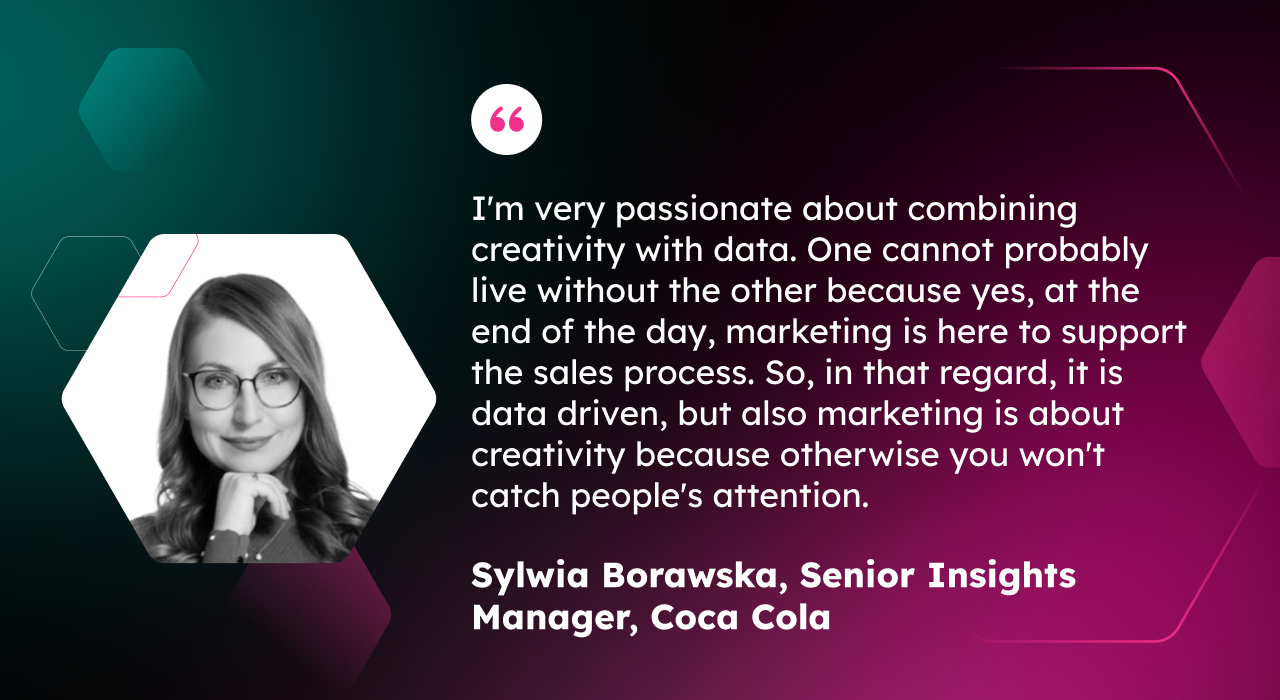
Visual intelligence with Dragonfly AI
If you’re ready to see how visual intelligence can elevate your creative impact, Dragonfly AI can help. Schedule a personalized demo to discuss your unique needs. Connect with Dragonfly AI and discover exactly what captures your audience’s attention, so you can turn browsers into buyers, every single time.
You can also dig deeper into the science behind visual effectiveness with our latest resources.
See your designs through your customer's eyes
Visual intelligence reveals exactly what captures attention, driving engagement and conversions before your designs even launch. Embracing AI-driven insights takes guesswork and turns it into confident, data-backed creativity to empower your team to cut through visual noise and make sure every piece connects effectively.
